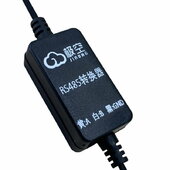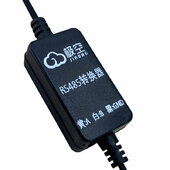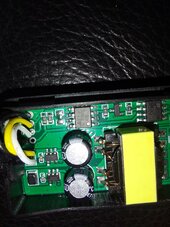I have 6 eve 48 volt lifepo4 batteries with 16 cells per battery. I have a jk bms on each one. I am using solar assistant. A while back, battery number 4 quit monitoring. I can still monitor it with the jk ap, but I can't see it on my solar assistant software. After a series of trial and error, I have discovered that the number 4 bms that I can't monitor is killing every rs 485 converter I put on. Why would it do this? I went through about 3 new converters before I realized what was happening. I figured it out when I took a working converter from bms and battery number 1 and put it on the non reporting bms, (#4). When it didn't work, I put it back on number 1 bms that was working and it no longer reported data. I then replaced the converter, and number 1 reported again. So why is the BMS on battery #4 killing the converter?
Attachments
Last edited:






